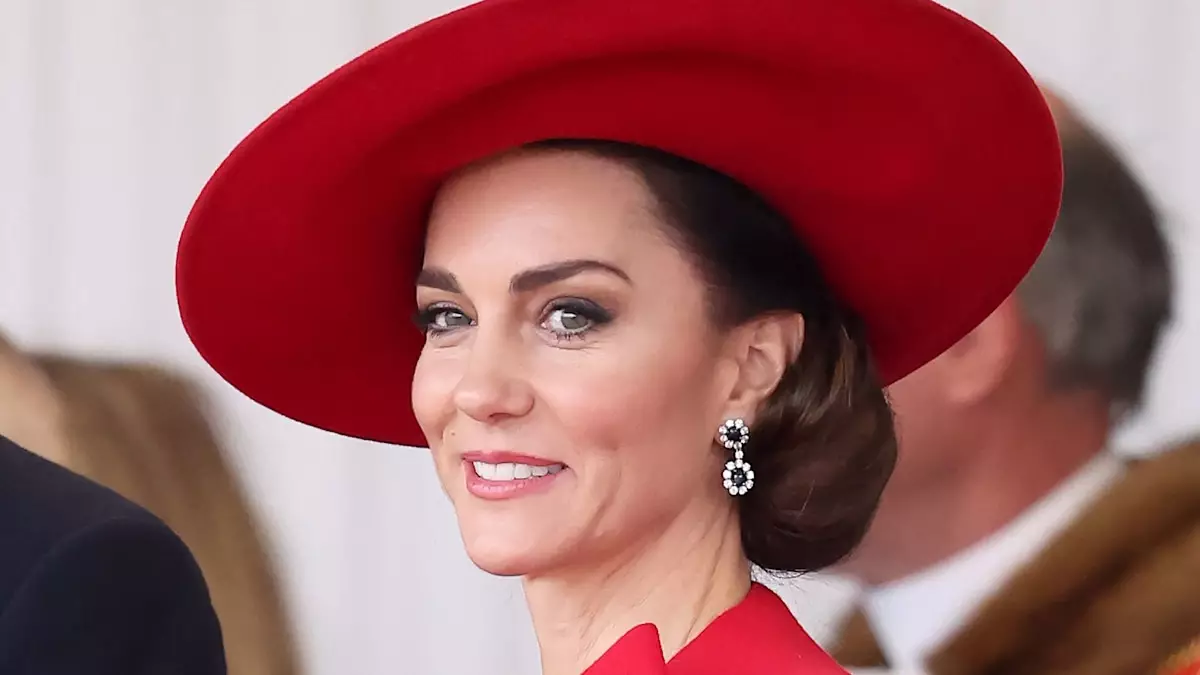The royal family has long been synonymous with elegance, grace, and a deep commitment to tradition. One of the most notable aspects of royal appearances is the strict adherence to fashion rules. These unwritten yet widely acknowledged protocols dictate everything from hemlines to nail polish shades, and they extend far beyond mere personal style; they reflect a lifestyle imbued with history and hierarchy. A fascinating aspect of this sartorial code centers around headwear, which, while seemingly trivial, carries significant weight in royal engagements.
Former royal butler Grant Harrold offers insightful commentary on headwear, noting that hats are a non-negotiable accessory for formal occasions. For events as prestigious as the Commonwealth Day Service, which typically draw high-profile attendees, royals are required to don hats from 6 am to 6 pm. This protocol harkens back to the 1850s when societal norms dictated that upper-class women conceal their hair in public to maintain decorum. This long-held tradition sends a clear message: royal women are expected to embody modesty and dignity, reinforcing their status as representatives of an institution that values decorum above individual expression.
The Significance of Headgear
Interestingly, these fashion rules extend to the specific types of headgear that are permissible. Harrold makes a compelling argument that fascinators are not suitable for grand royal occasions, particularly at venues like Westminster Abbey. The decision to forgo such modern flourishes for a more traditional hat can be seen as an assertion of royal propriety. This understanding provokes reflection on how personal preferences are often visibly restrained by the generational expectations placed upon royal women.
There’s room for creative expression within these boundaries, however, as seen with Princess Beatrice, who cleverly subverts the rules with oversized headbands that mimic hats. This playful reimagining serves as a reminder that while protocol is essential, the royal family can still find subtle ways to assert their individuality without directly challenging long-standing customs.
Color Choice and Symbolism
Another noteworthy area of royal fashion pertains to color choice, particularly in the case of Princess Kate. Her inclination to wear red at significant diplomatic engagements invites deeper analysis. Color expert Marina Thomas suggests that the choice of red carries historical weight, representing attributes such as courage and power. By wearing red, Kate not only pays homage to her late mother-in-law, Princess Diana, but also aligns herself with a tradition of bold female figures throughout history who have utilized color as a form of expression and influence.
The impact of color extends beyond mere appearance; it fosters a connection between the wearer and the audience. In an environment where every detail is scrutinized, the choice to appear in a shade that symbolizes confidence may well be a strategic move to convey authority and poise.
Balancing Tradition with Modernity
While the royal family remains grounded in timeless traditions, there is an undeniable tension between the past and the contemporary drive toward individuality. The women of the royal family appear to navigate this landscape with deftness, wielding long-established rules of conduct while simultaneously engaging with modern sensibilities. This dichotomy manifests in their attire, comprising a blend of traditional garments and modern silhouettes, firmly establishing their identity as both heirs to a legacy and icons of contemporary fashion.
Such exploration into royal attire and its implications reveals more than just fabric and thread. It shows a nuanced understanding of the backdrop against which royal women operate—where every outfit offers a glimpse into the intersection of duty, culture, and personal style. The pressure to conform is palpable, yet it is met with a mixture of reverence and rebellion, allowing these women to leave their indelible mark on the world stage while remaining staunch representatives of royal decorum.
The ongoing evolution of royal fashion serves as a microcosm of a broader societal shift, inviting us to question how far tradition should dictate personal expression, and how icons of authority can still be relatable in their elegance. The transformation of royal fashion is not merely a spectacle of beauty; it is a statement of power, identity, and resilience that resonates beyond palace walls and into the heart of contemporary society.

